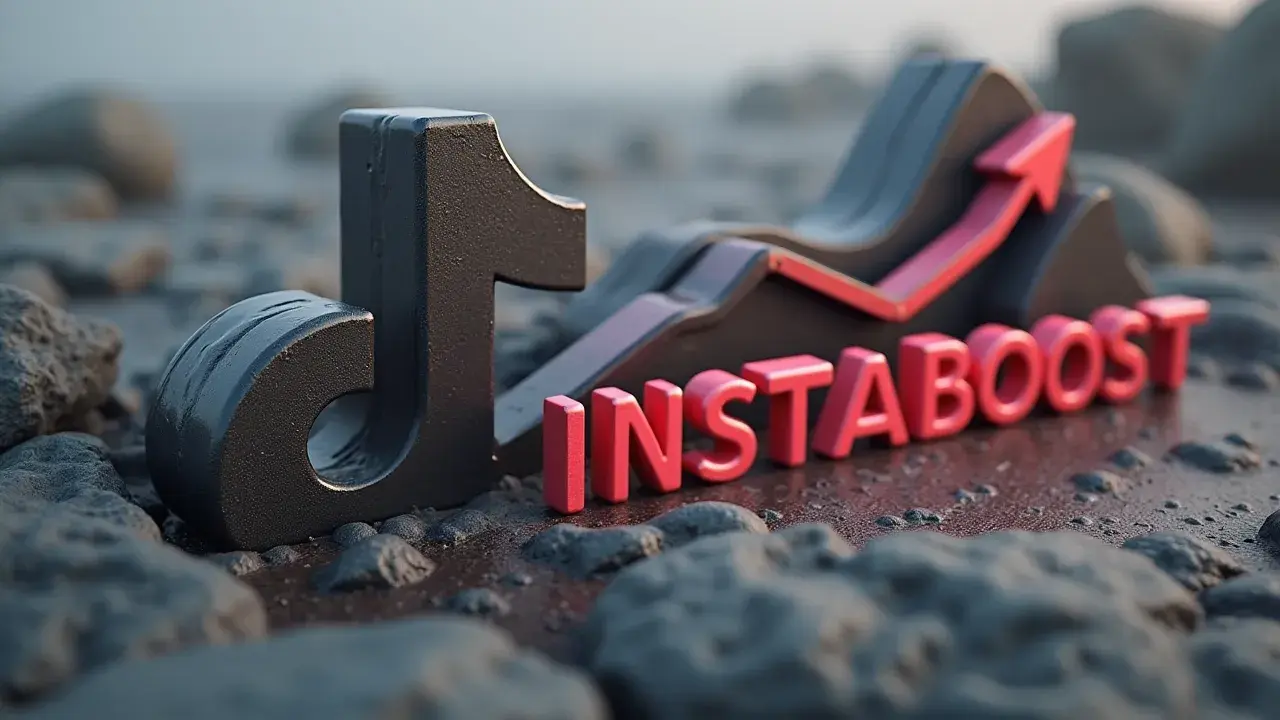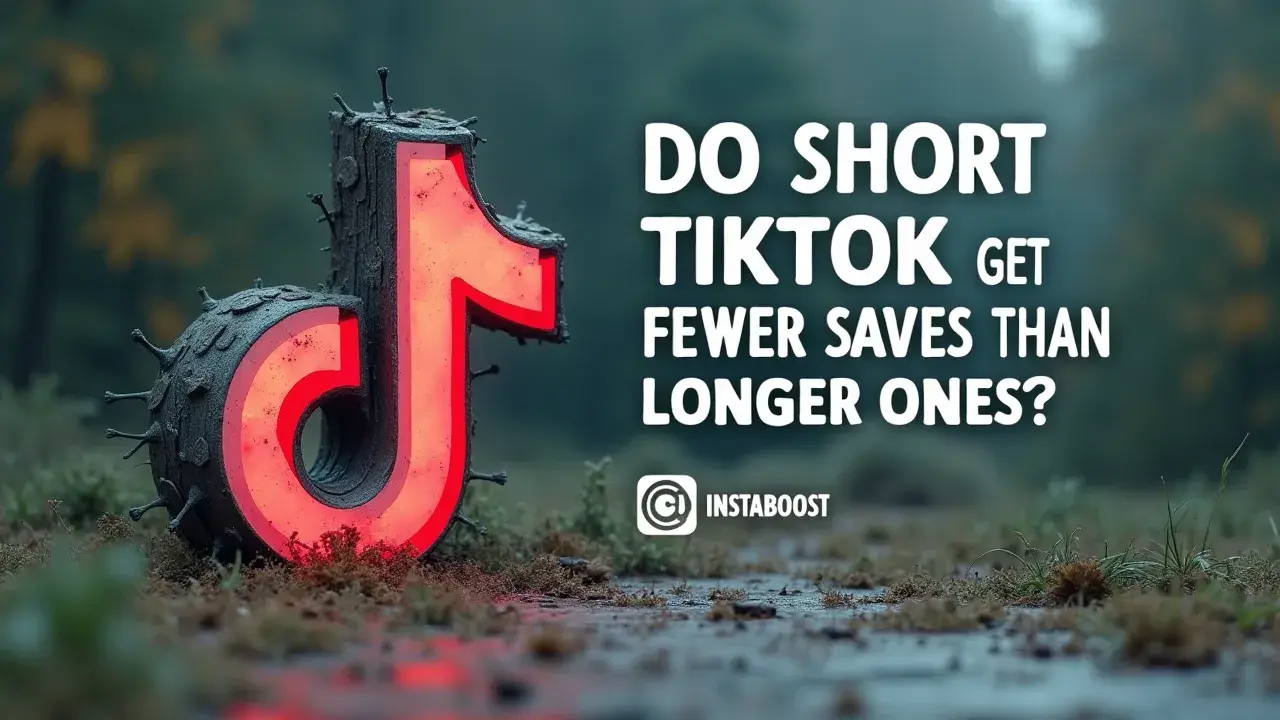Do Short TikToks Get Fewer Saves Than Longer Ones?
Short TikToks can receive fewer saves compared with longer ones when the longer videos deliver a clear takeaway or sequence. The strongest signal is consistent save spikes after the midpoint, indicating viewers found value worth returning to. Match video length to audience patience and track saves per thousand views to see what resonates. A smart path is to stay consistent, monitor watch time, and scale the formats that show repeatable save momentum.
The Save Button Is a Memory Hook, Not a Length Prize
Short TikToks spread fast, but saves mean something else. They tell you a viewer plans to return, replicate, or reference later. So the real question isn’t short vs. long in the abstract. It’s whether the clip gives a reason to come back. Length only helps when it serves that reason. A 10 – 15 second clip can rack up views and likes on novelty, yet underperform on saves if there’s no built-in takeaway.
A 25 – 45 second piece that delivers a sequential payoff – steps, settings, recipes, a punchline plus the method – often earns more saves because the viewer needs to revisit the sequence. The smart move is to match duration to intent and measure it; seasoned teams treat saves per thousand views alongside average watch time and where retention drops as primary signals, a habit that also helps them accelerate TikTok growth without mistaking virality for utility. If your save rate spikes after the midpoint, you may be packaging the payoff late enough to feel valuable. Pair that with real comments that show intent, creator collabs that lend credibility to the method, and targeted promotion to audiences seeking solutions, not just entertainment.
Clean analytics matter. Use a reputable tool or TikTok’s built-in insights to isolate saves by content type and hook. Short can absolutely drive saves when you compress a template – caption, setting, three beats, a clear CTA to save – while longer clips work when each beat earns attention and culminates in a concrete outcome. Treat saves like intent you can cultivate. Tease the utility up top, deliver the full asset by the end, and give viewers permission to save to try later. With a tight testing loop, you’ll learn which video lengths fit your audience’s patience and which formats – not seconds – move the save metric.

Receipts Over Theories: What the Data Actually Says
Trust isn’t built in big moments. It’s earned in micro-decisions. When we looked at saves across accounts in skincare, fitness cues, and side-hustle tutorials, one pattern stood out: length on its own doesn’t drive saves. Clarity of takeaway and return value do. Short TikToks tend to get fewer saves when they’re built for instant spread with fast cuts and punchline endings, because there’s nothing to replicate later. Longer clips earn more saves when they build toward something worth pausing and revisiting – steps, sources, templates, or before-and-after proof.
The credibility play is simple. Track saves per 1,000 views alongside average watch time and replays, then map those against where the “aha” lands. If your retention curve climbs after the midpoint and real comments reference timestamps or say “saving for later,” you’re on track. To speed learning, pair organic posts with modest, targeted promotion from a reputable ad account to reach likely savers, and keep analytics clean so you’re not chasing inflated vanity metrics. Creator collabs work when the partner’s audience is primed for tutorials, not just entertainment, and even buzzier tactics like buy followers on tiktok rarely shift saves without clear, repeatable value.
That shift alone can double saves without changing your edit length. If you use paid boosts or trials, treat them as accelerants for videos that already show early save momentum – signals beat wishful thinking. A practical safeguard is to segment by intent – “quick-hit share” versus “reference later” – and set separate benchmarks. The non-obvious insight is that consistent save spikes often happen right after your second value delivery, not at the hook. Place a second micro-takeaway around the 60 – 80% mark, then add a clean prompt to save for steps or links. That’s how you answer “Do short TikToks get fewer saves than longer ones?” with proof, not vibes.
Design for Return, Not Just Reach
Most strategies miss when they forget the human. A save is a promise to future-you, so make TikToks – short or long – that someone can reuse. Start by choosing the revisit trigger: a step-by-step sequence, a mini checklist, a downloadable reference, or a before – after they’ll want to show a friend. If you’re going short, make the save-worthy asset obvious. Pin a key step on-screen, caption a formula, or freeze the moment with a CTA like “hold to save the routine.” Longer clips earn saves when they stack context and payoff. Show the problem, the method, the example, and the common mistake, then park the summary at the end for easy pausing.
Pair structure with clear retention signals. Front-load the promise in five seconds, keep cuts purposeful, and reuse a recognizable template so returning viewers know what to look for. Match format to intent. Skincare protocols, gym cues, or side-hustle templates usually shine as mid-length walkthroughs, while micro-recipes or one-tweak edits can thrive at 12 – 20 seconds if the ingredient list or settings stay on-screen. For measurement, track saves per thousand views and watch where save spikes happen. If they cluster after the midpoint, your payoff is landing, and you can test splitting that section into a short reference cut.
Layer in real comments and creator collabs to surface practical objections you can answer in follow-ups, then use targeted promotion with clean analytics to amplify winners; if you’re optimizing for lightweight social proof, some teams quietly grow tiktok likes while they validate topics. Qualified creators or paid boosts work when they match the audience’s intent and you cap spend to a learning budget. The non-obvious edge is to script for the second watch. People save what rewards a replay, so design one hidden detail or compact summary they’ll come back to decode.
When Length Lies: Don’t Confuse Run Time With Return Value
This made sense until it didn’t. Blaming short TikToks for fewer saves is tidy, but the real issue is intent mismatch. People save what pays them back later. If a short hits like a meme and ends on a punchline, it’s built for reach, not return. Long by itself doesn’t earn saves either. It wins when the extra seconds package something portable, like steps, sources, or a template worth revisiting.
If you’re optimizing for saves on TikTok, treat length as a constraint, not the strategy. A 12 – 18 second clip can drive strong save rates if you anchor it to a reusable asset, such as a three-step cue stack as on-screen text, a pinned comment with a checklist, or an on-beat before-and-after with a caption that names the variables. Use qualified add-ons with intention – a clearly labeled downloadable, a reputable template link, or a creator collab that adds authority – then measure with saves per thousand views so you control for reach; vanity KPIs like views for tiktok videos won’t tell you which cuts actually drive return.
Pair that with retention signals like an early hook, a clear promise, and a quick visual recap, and invite real comments that ask for part 2 or say “save for later,” because they compound distribution. If you go longer, earn the minutes. Sequence, summarize, and timestamp key beats in the caption. Paid boosts work when you already see organic save density. Promote only the variations with consistent save spikes after the midpoint. The non-obvious bit is that it’s not short versus long. It’s whether there’s a concrete revisit trigger surfaced before the scroll impulse wins. Design for return, test formats weekly, keep your analytics clean, and scale the cuts, short or long, that turn casual viewers into savers.
Ship the Save, Then Scale the Seconds
You can’t unread it. So what’s next? Treat saves as your north-star retention signal and build a tight testing loop that makes length a variable, not a belief. Publish two cuts of the same TikTok – one compact, one extended – using the exact “revisit trigger” you already rely on, whether it’s steps, sources, or a before – after. Track saves per thousand views alongside average watch time and meaningful comments that reference utility like “saving for later” or “where’s the template?” If the longer cut lifts saves after the midpoint, you’ve earned permission to add seconds. If the short wins, bring the asset forward sooner and sponsor distribution selectively to qualified audiences to lock in early momentum.
Paid promotion works when it’s matched to intent, clean analytics, and safeguards like frequency caps and creative rotation – think accelerant, not patch; in parallel, keep your off-platform levers tidy to expand your TikTok distribution without muddying the test. Pair posts with creator collabs that add authority and with pinned comments that summarize the takeaway, so even short TikToks turn reach into return. Keep your data clean by segmenting tests by topic, hook pattern, and asset type rather than runtime alone, so you can see which combinations drive consistent save spikes. When you find a winner, turn it into a repeatable format, then scale cadence before you scale complexity.
If you sell, add a lightweight lead magnet or downloadable that makes the save feel like the first step, not the last touch. The point isn’t proving short versus long. It’s proving your audience gets something portable today and wants it again tomorrow. That’s how you answer whether short TikToks get fewer saves than longer ones – and how you build a library that compounds.















